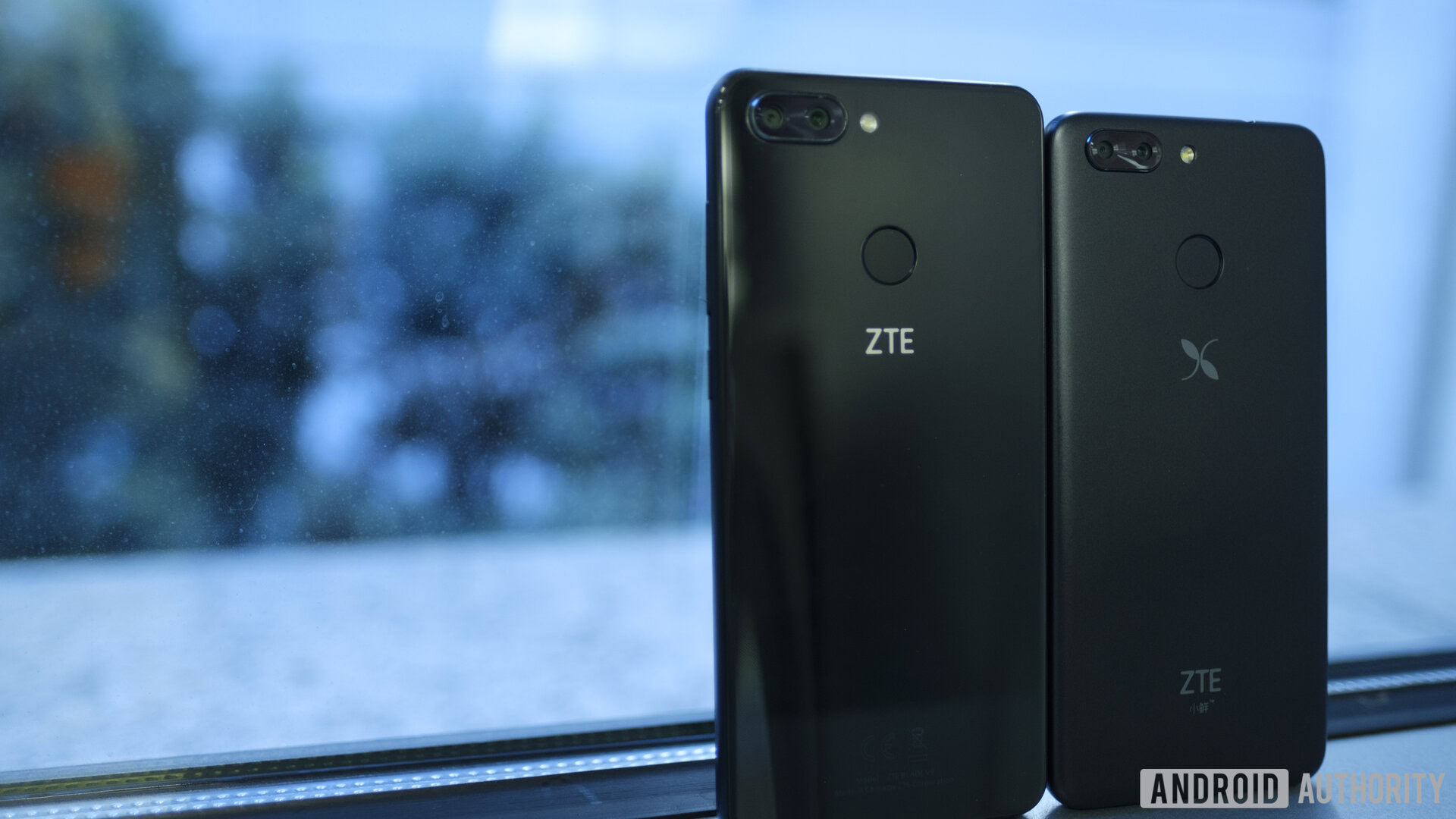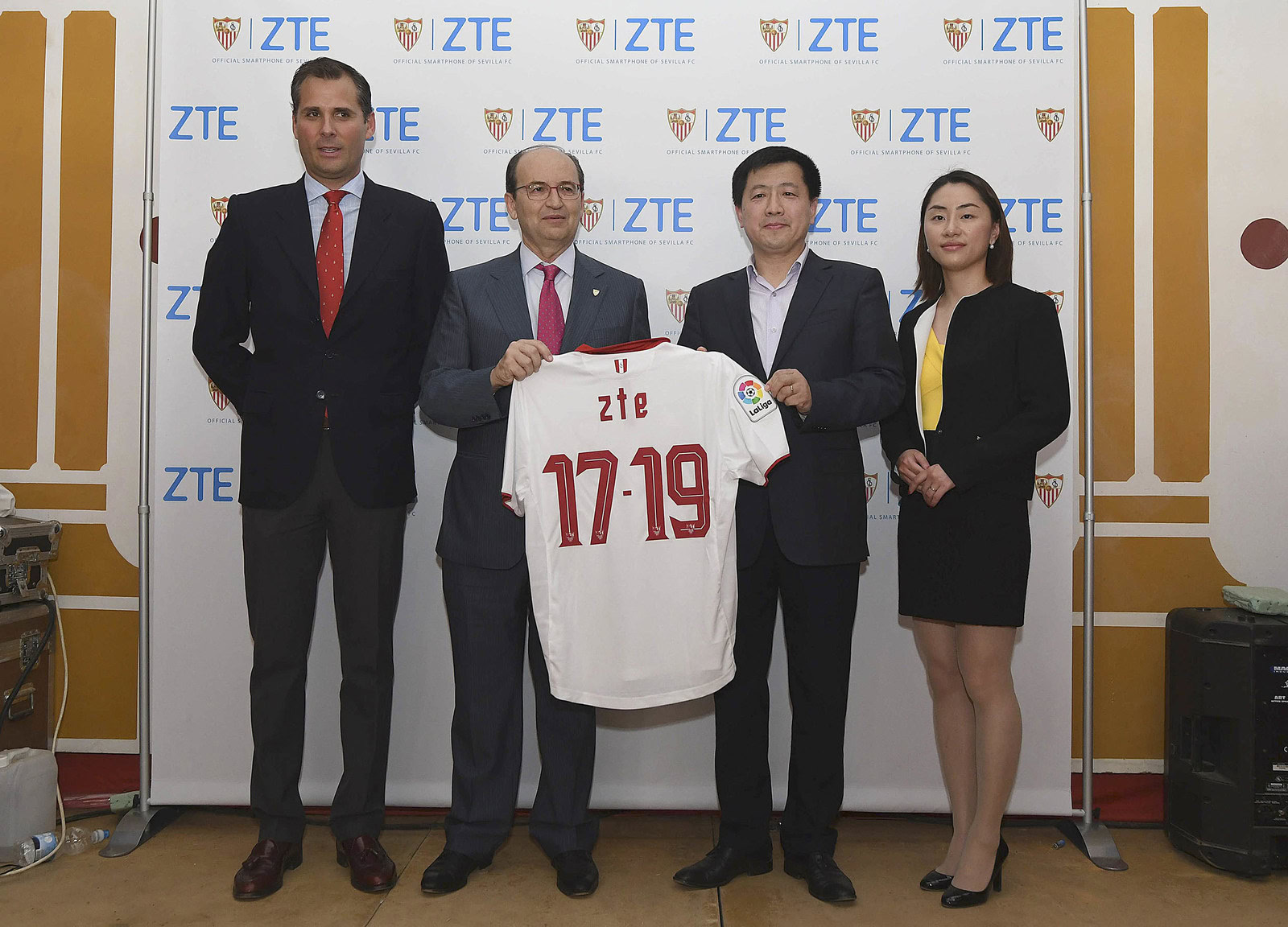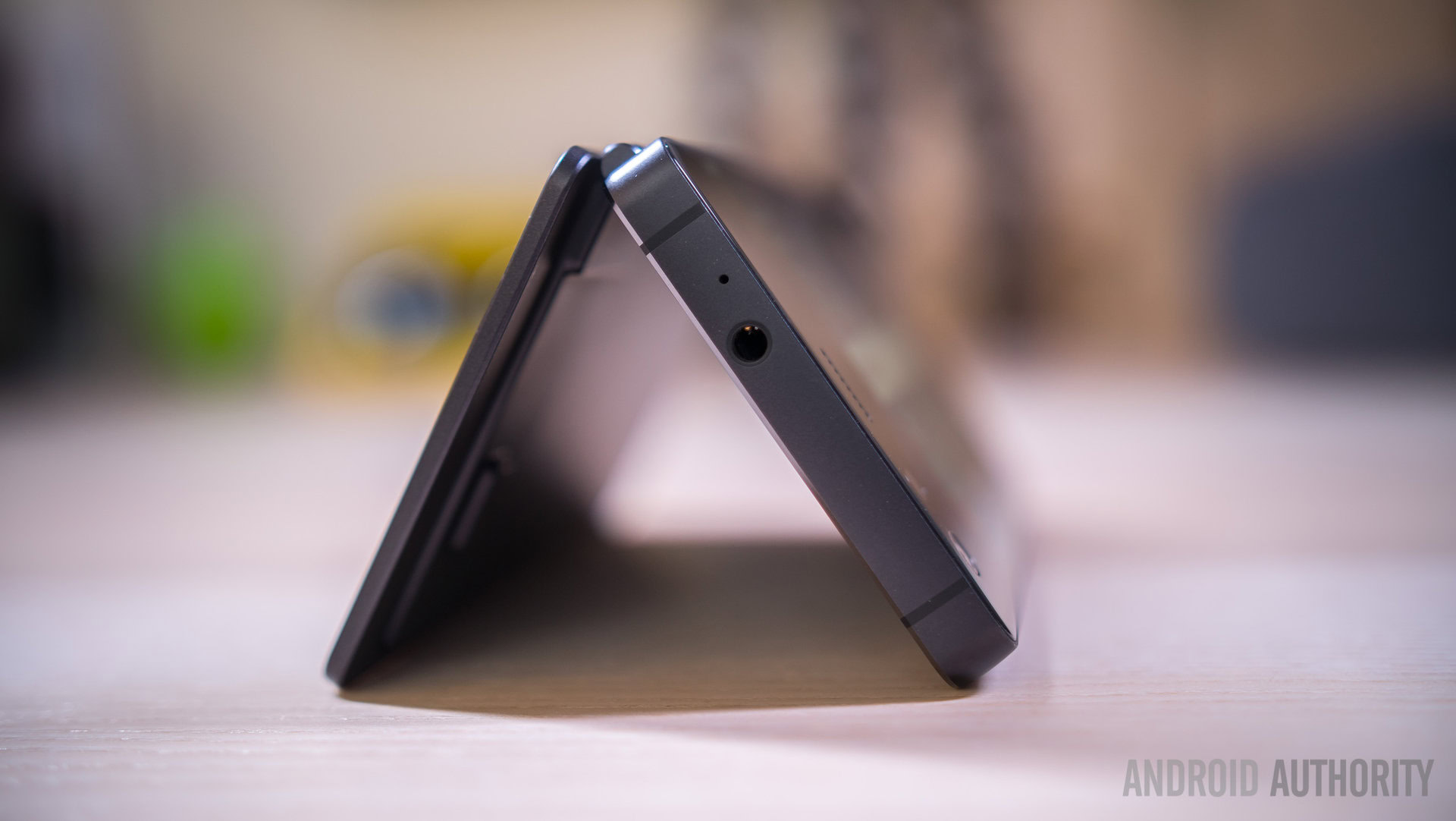Affiliate links on Android Authority may earn us a commission. Learn more.
How screwed is ZTE right now?

It’s safe to say the rest of the world is glad to not be in ZTE’s shoes right now.
ZTE Corp faces a seven-year ban on receiving technology from the United States. Reuters reported this means the Chinese company will be unable to access 25-30 percent of its vital electronics and software, which was previously supplied by companies like Qualcomm, Intel, and Microsoft.
Smaller U.S. suppliers saw stock drops as a result. The share price of Acacia Communications fell 38 percent, while Oclaro and Finisar also had huge drops. Nokia, a keen ZTE rival, gained over one percent following the news.
ZTE have no argument, and now face destructive penalties
ZTE will be in a world of pain. It’s hard to argue it doesn’t deserve it, either. ZTE agreed to significant fines and sanctions in March 2017 after the U.S. Department of Commerce’s Bureau of Industry and Security (BIS) found the company had supplied equipment to Iran. Instead of disciplining senior staff, ZTE fired just four employees and paid senior staff full bonuses.
“ZTE misled the Department of Commerce. Instead of reprimanding ZTE staff and senior management, ZTE rewarded them. This egregious behavior cannot be ignored,” said Secretary of Commerce Wilbur L. Ross, Jr.
Many predicted ZTE would eventually be given a green-light after the 2017 sanctions, after the fines were paid and reprimands to management were supposedly carried out. ZTE’s response was catastrophic and damaging. It’s stocks, listed in Hong Kong, have been suspended from trade as markets await ZTE’s response.
To make matters worse, Britain’s cyber-security watchdog has sent a warning to U.K. telecommunications companies, requesting it does not deal with ZTE for network infrastructure, on the basis of “potential risks” to national security. The company is getting hit from all sides.

There’s also a range of sponsorship issues. ZTE sponsors events and conducts branding activities with the likes of the PGA Tour, five NBA teams, football teams in Spain and Germany, sports teams in Australia, and more. That will now likely end as quickly as possible.
Here’s how screwed
ZTE is one of the largest smartphone manufacturers in the world, selling more 45 million smartphones in 2017. They’re the fourth-largest manufacturer in the U.S. as well, with deals in place with all of the big four carriers. All of that is now in deep jeopardy.
ZTE should continue to be able to use Android Open Source Project (AOSP), given the open-source nature of the base OS. The Google Mobile Services (GMS) platform will be forbidden, along with the hardware. Not being able to offer GMS might not matter in China, ZTE’s domestic market, but to everyone else, no GMS makes ZTE Android smartphones dead in the water. ZTE is out of the Android ecosystem and Google can’t deal with it anymore.
That spells the end of the first Android Go-powered phone, the ZTE Tempo, a true budget device which went for $80 via the ZTE website. It sold out on the first day of sales, back on March 30, and hasn’t been seen on the market since. It probably won’t be now, either.
Even worse is the fact that Qualcomm’s Snapdragon SoC will be unavailable to ZTE. That places them in a difficult spot and will likely halt their higher-end smartphone releases.
Android without Google, and no Snapdragon SoC, crushes ZTE's smartphones
“At least for the next five to ten years, ZTE can’t exist without American companies,” Nomura analyst Joel Ying told Bloomberg.
What are ZTE’s smartphone options?
Huawei and ZTE are in fierce competition, so even the Chinese company’s Kirin SoCs won’t be available. Rotating and Acting CEO of HUAWEI Investment & Holding Co., Zhijun Xu, said this week that HUAWEI has no plans to sell Kirin chips. That leaves Taiwanese silicon maker MediaTek on the table — which already works with ZTE on low-end devices — as well as with Samsung’s Exynos line. At the high-end, only Exynos is an option, as MediaTek has stopped competing with the Snapdragon flagship chips. That would leave ZTE stuck making mid-range phones at best. Samsung’s Exynos line will provide far better high-end options, but it’s still a step down from the latest Qualcomm high-end processor.

The Axon 9 and Axon 9 Pro were meant to be Qualcomm-powered devices, so that release is in tatters. As is the nubia Z18 Mini and the double-notch concept ZTE Iceberg. ZTE also made noises about bringing the first 5G consumer smartphone to market, as early as late 2018. That won’t happen now.
Can ZTE save itself?
The good news for ZTE is that China’s Ministry of Commerce reacted to the U.S. ban by announcing measures to protect the firm, which employs a workforce of more than 50,000 people globally. ZTE could also resolve the dispute with the U.S. in some way, although it’s entirely unclear how long that would take, if it could happen at all. A senior U.S. Commerce official told Reuters it is unlikely to be lifted.
“I never say never,” the official said earlier this week. “We’re going to have to see how this unfolds. But there is no provision currently for that to occur.”
It’s possible ZTE will be given no quarter, and must capitulate in some areas to save itself. It may simply mean the end of higher-end ZTE and nubia smartphones, or the end of ZTE’s smartphones with Android entirely.
Could there be a backlash for the US?
There may be a silver lining, even if it isn’t for ZTE. What happens now in China is unknown, but some have pointed to this action creating new, more competent Chinese technology firms. The country isn’t exactly known for taking things lying down, and will likely look to encourage domestic companies to work on eradicating a need for American technology supplies. An aggressive response will not just benefit ZTE, if they can survive, but HUAWEI as well. Already China is a leader in 5G, partly due to ZTE and HUAWEI. It’s not yet clear if this will hurt ZTE’s 5G efforts in supplying telecommunications equipment.
Big moves can backfire. The U.S. might actually prefer Chinese companies relying on its firms, as opposed to a technically equal and independent rival that can do it all in-house, even if the ramp up takes time.